Whether we like it or not, garden pests are part of the backyard growing experience. Our first instinct is to destroy that which we see as a threat to our gardens. However, it is important to look at the larger picture. They play a role in the ecosystem as a food source for those insects that feed on them. Our job is to help create and sustain a healthy balance in the garden, including with bugs. It is important to be judicious in your approach to what we call pests.
Always begin with observation.
Become familiar with what really needs intervention versus what you can leave for nature to deal with. For example, if you notice a few aphids, keep an eye on them. Do the populations increase? Or do ladybugs or lacewings show up to keep the population in check? This is when you can let nature work for you. On the other hand, few if any methods will control squash bugs. In addition, the 3 striped potato beetle can multiply so quickly, you can have an infestation overnight. These insects require a more hands-on approach.
We strongly suggest a multi-tiered approach to handling pests in the garden.
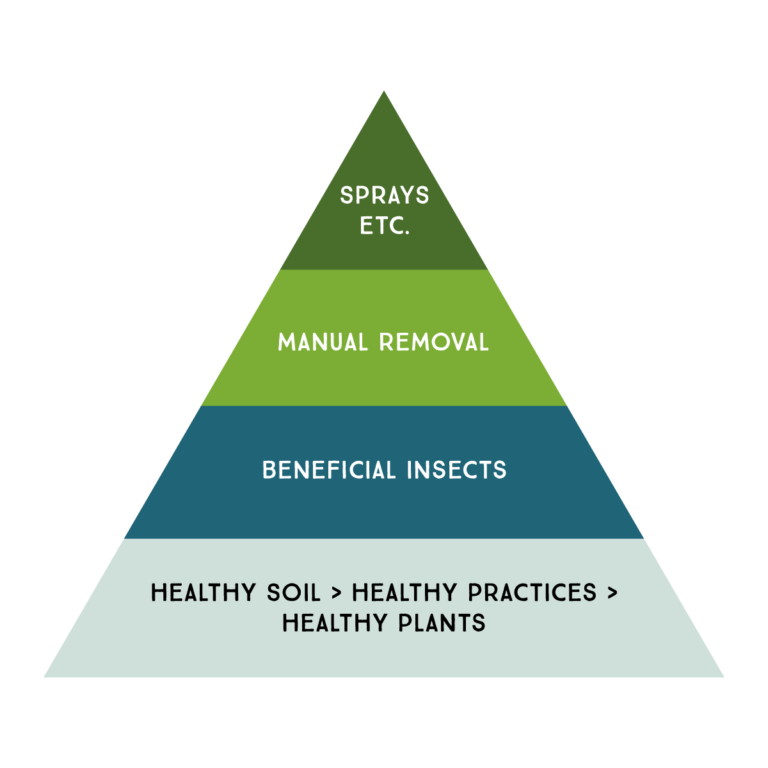
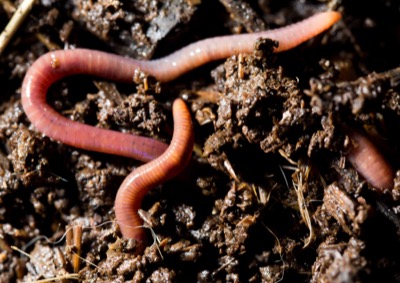
Healthy soil > healthy practices > healthy plants
First and foremost, healthy soil and healthy gardening practices yield healthy plants, which are actually less appealing to pests and is the first step in pest control.
Two of the best soil additives for insect control are earthworm castings and neem seed meal.
- Earthworm Castings: We recommend the use of fresh earthworm castings. If you are in the Phoenix area, The Arizona Worm Farm has great products. They are rich in microbes which is very beneficial to creating good soil. In addition, earthworm castings contain chitinase, an enzyme that degrades chitin (found in the exoskeleton of some insects.) This helps with root-knot nematode and disease suppression. It also strengthens the plant to attacks from pests.
- Neem Cake/Neem Meal: Neem cake or neem meal is the by-product of neem oil. It is not only source of slow-release nitrogen, but there is also a small amount of neem oil, which works to suppress root-knot nematodes and is taken up into the plant and can disrupt the pattern of certain insects. See neem oil for more information.
Healthy growing practices include:
- Spacing plants appropriately based on their mature size, which helps with air flow and prevents bugs from taking up residence where they cannot be seen under dense foliage. You need to strike a careful balance with this in the desert though, as dense leaf cover also helps shade the soil. Our dry temperatures also allow closer planting than humid climates where fungus is an issue.
- Keeping plant leaves healthy by not splashing water, mulch, or soil onto leaves when watering.
- Remove dried/dead/diseased lower leaves from against the stalks of plants to keep pests, especially squash bugs, away from the base of plants where they multiply and even chew on the stalks and leaves.
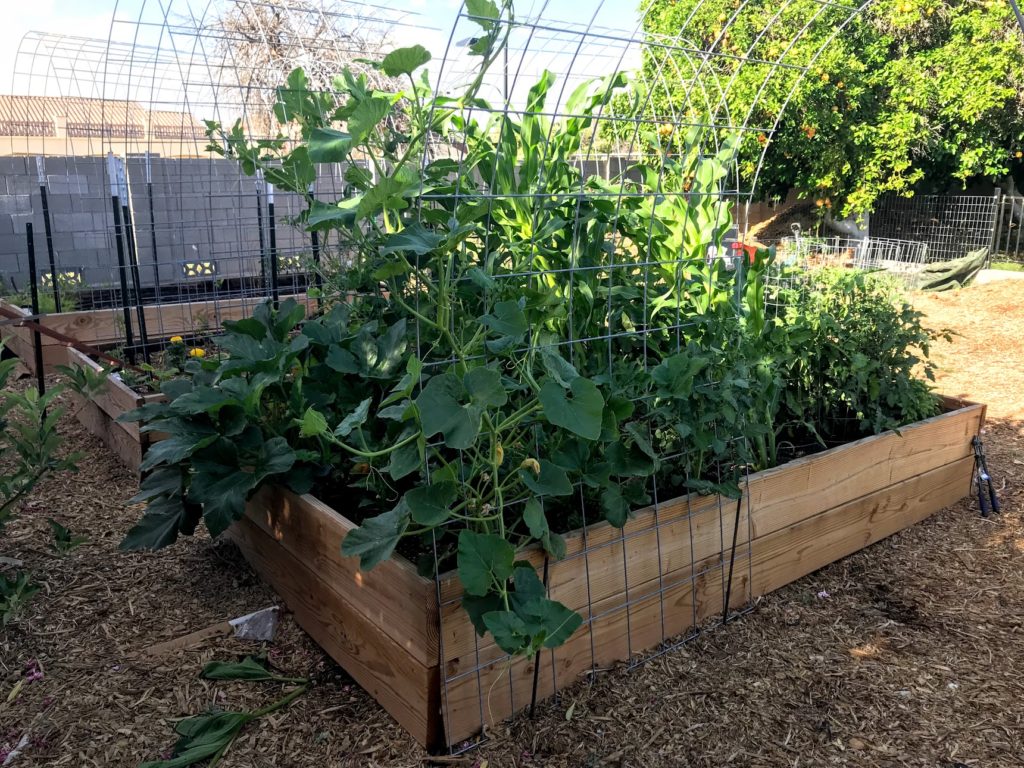
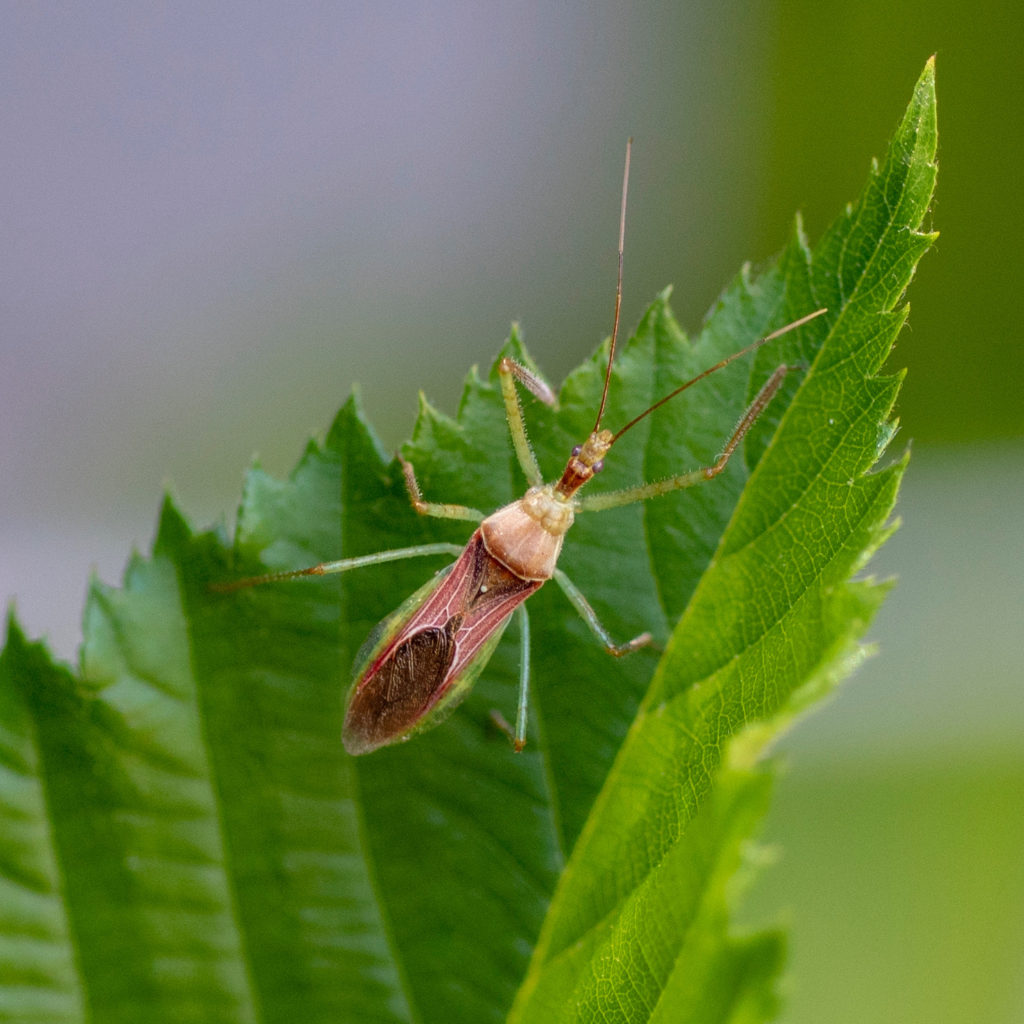
Beneficial Insects
Beneficial insects are a key part of the delicate balance in the organic garden. Ladybugs, lacewings, assassin bugs, and beneficial nematodes (in the soil) work around the clock for you controlling all the pests that can destroy plants. Having small populations of aphids, for example, on trap crops like sunflowers attract beneficial insects to the garden. You can also purchase eggs or adult beneficial insects to speed up this process or if you have a heavy infestation.
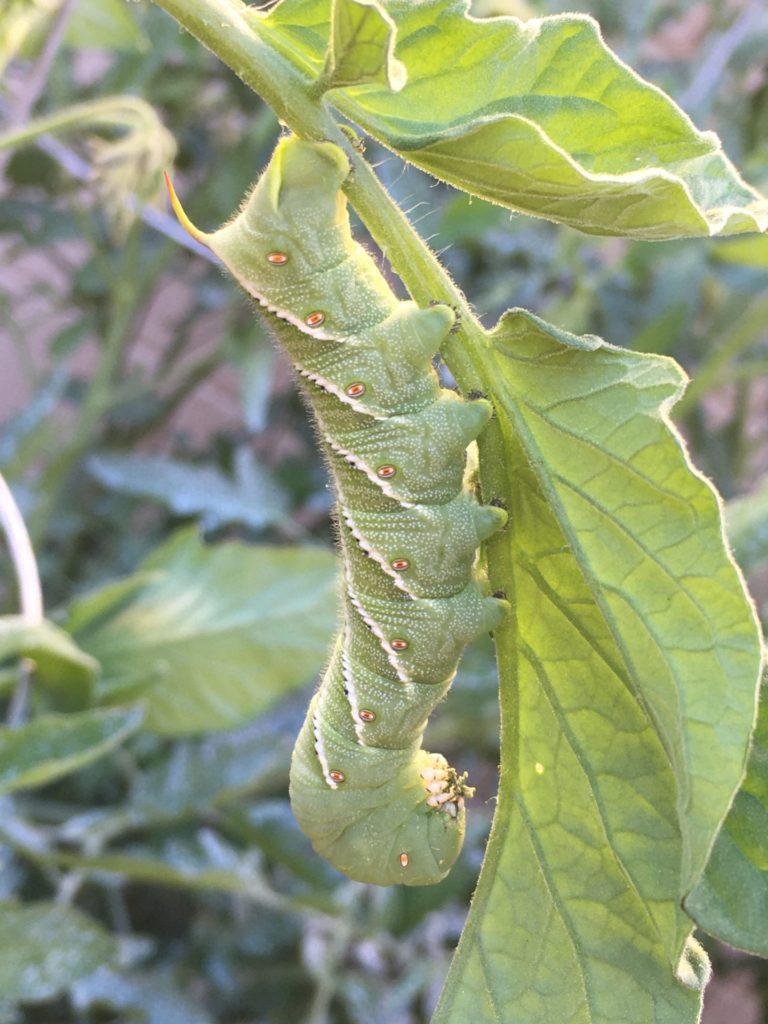
Manual removal
This is one of the more “hands on” methods, literally. Spending some time in the garden in the early morning or late evening searching for pests is a good practice – this is when they are more active as they avoid the direct sun in the middle of the day.
- Handpicking: This is the simplest least destructive way of restoring balance. Pick off leaves that are heavily infested with pests and eggs. Destroy these leaves, do not add to the compost heap. Even if using an additional control, this method really helps to knock down insect populations.
- A spray of Water: This often does little to get rid of the mature bugs, but it will dislodge eggs. This is useful as one of the first measures for treating aphids, whiteflies, mealybugs, and spider mites. Don’t forget to spray the underside of leaves, too!
- Sticky Traps: Yellow and blue sticky traps both serve a function to control insect populations. Yellow is used for whiteflies, leafhoppers, aphids, and fungus gnats because they are very attracted to the yellow color. Blue is used for thrips and leafminers. The downside is that they can also trap geckos and some beneficial insects like lacewings.
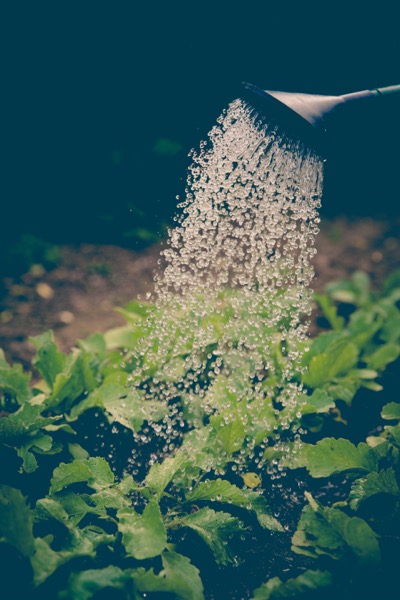
Sprays, Etc.
Sprays and additives are another labor intensive method and should be used sparingly and specifically based on your issue.
- Diatomaceous Earth: This control is not harmful to humans (unless it is directly inhaled) and actually adds silica to the soil. This fine powder is actually ground up fossils and shells, which create small cuts on hard bodied insects which causes them to dehydrate and die. However, it is not effective when wet, so it is best used puffed under leaves or sprinkled in areas it will not get wet.
- Kaolin Clay: Kaolin clay formulated specifically for agricultural use forms a barrier that protects plants from many pests. This barrier not only repels pests, it causes irritation, confusion, and is an obstacle for feeding and egg-laying and also helps prevent fungal spores from establishing themselves on the foliage.
Kaolin clay also forms a barrier that protects against sun damage and provides enough protection to cool plants by 10-15°F reducing heat stress.
- Neem Oil: This is the first control organic gardeners reach for, yet, often with disappointing results because most do not understand how it works. Neem will not instantly kill insects. Instead, it works slowly by disabling insect populations. Neem Oil should not be when temperatures are above 85 degrees. Any oil applied to plant matter in heat will damage the plants. Neem is also UV sensitive and will break down losing its effectiveness. If using, apply once the sun has gone down and rinse off the next morning before the sun comes up.
Neem oil works in two ways: Neem oil disrupts normal insect function once they come into contact with it, they will not feed on plants, they may not lay eggs, and can even stop flying. Additionally, neem oil is a growth regulator and a hormone disruptor.
Neem oil is systemic, a diluted amount applied to the soil will be taken up into the plant and will protect the plant from the damage of some pests. A grasshopper that bites deeper into the leaf will be affected by the neem, however, an aphid which feeds on the outer layer of the leaf will not because the outer layers will contain no neem. Get a pure high-quality product. - Bacillus Thuringiensis (Bti): This is used to control caterpillars. It is most effective on younger larvae. Once ingested by a caterpillar, the alkaline digestive system causes this bacteria to release a crystalline-like protein which paralyzes the digestive system of the caterpillar. It will no longer be able to feed and will die in a few days.

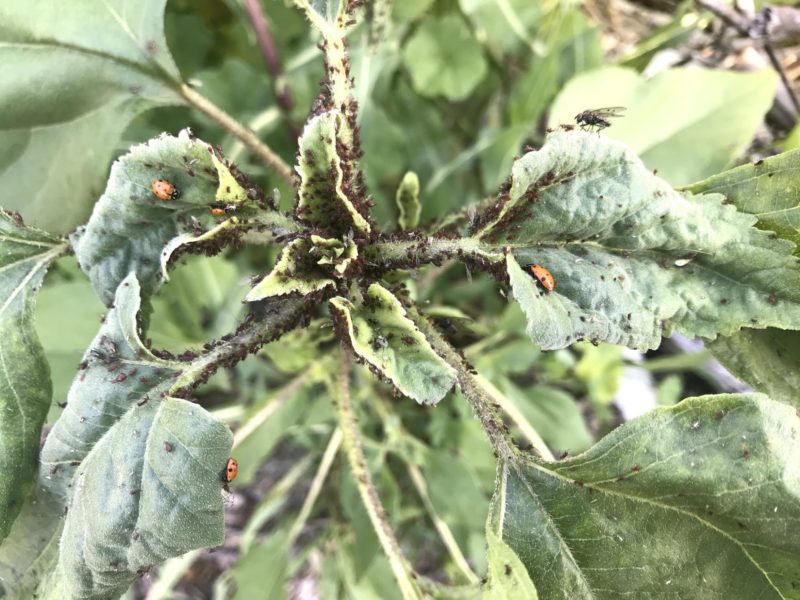
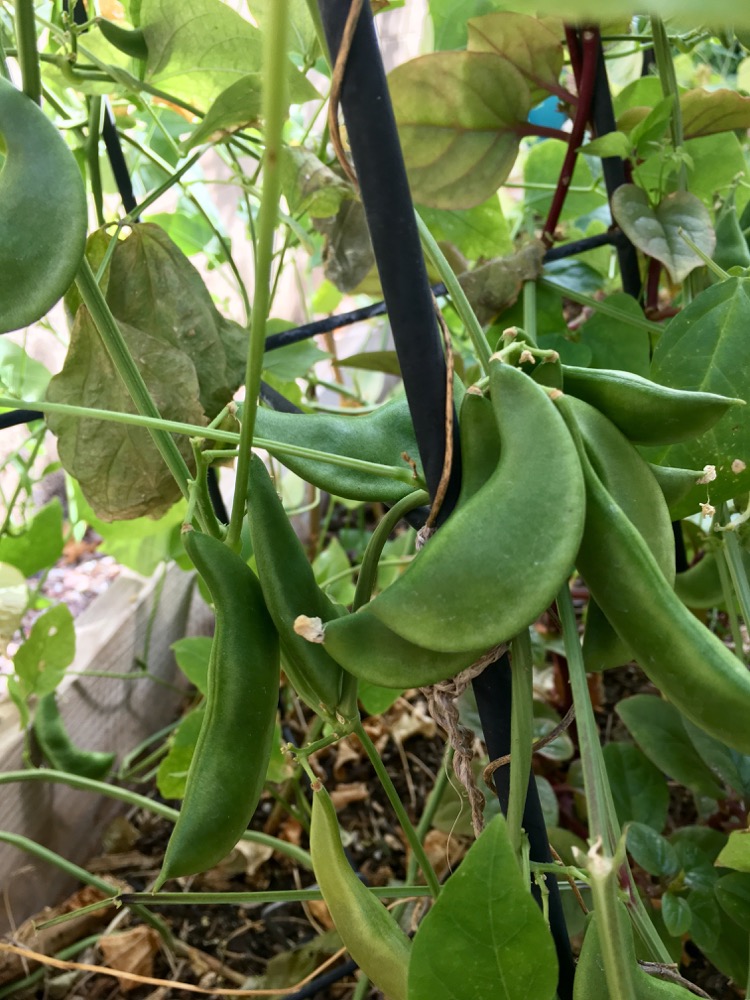
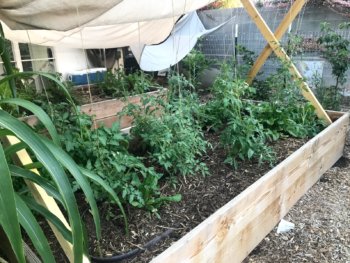
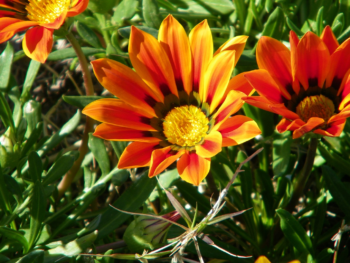
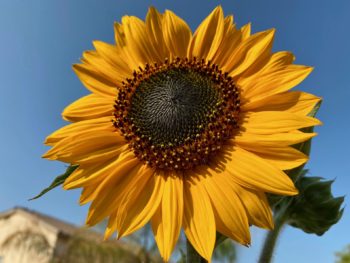
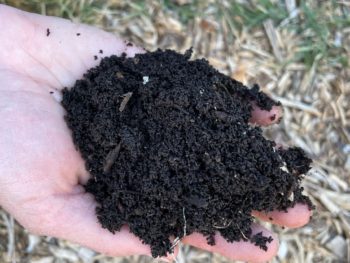
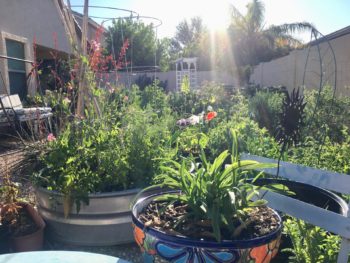

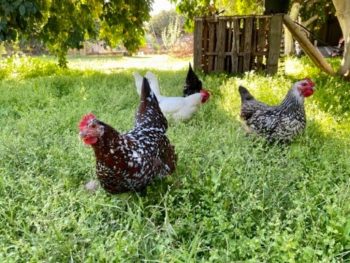
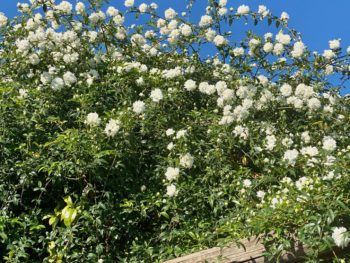
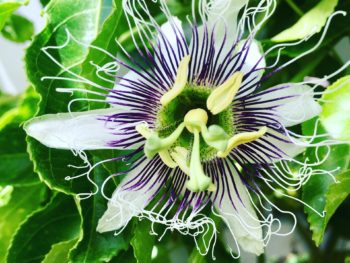
 Why Your Fruit Trees Need Calcium
Why Your Fruit Trees Need Calcium